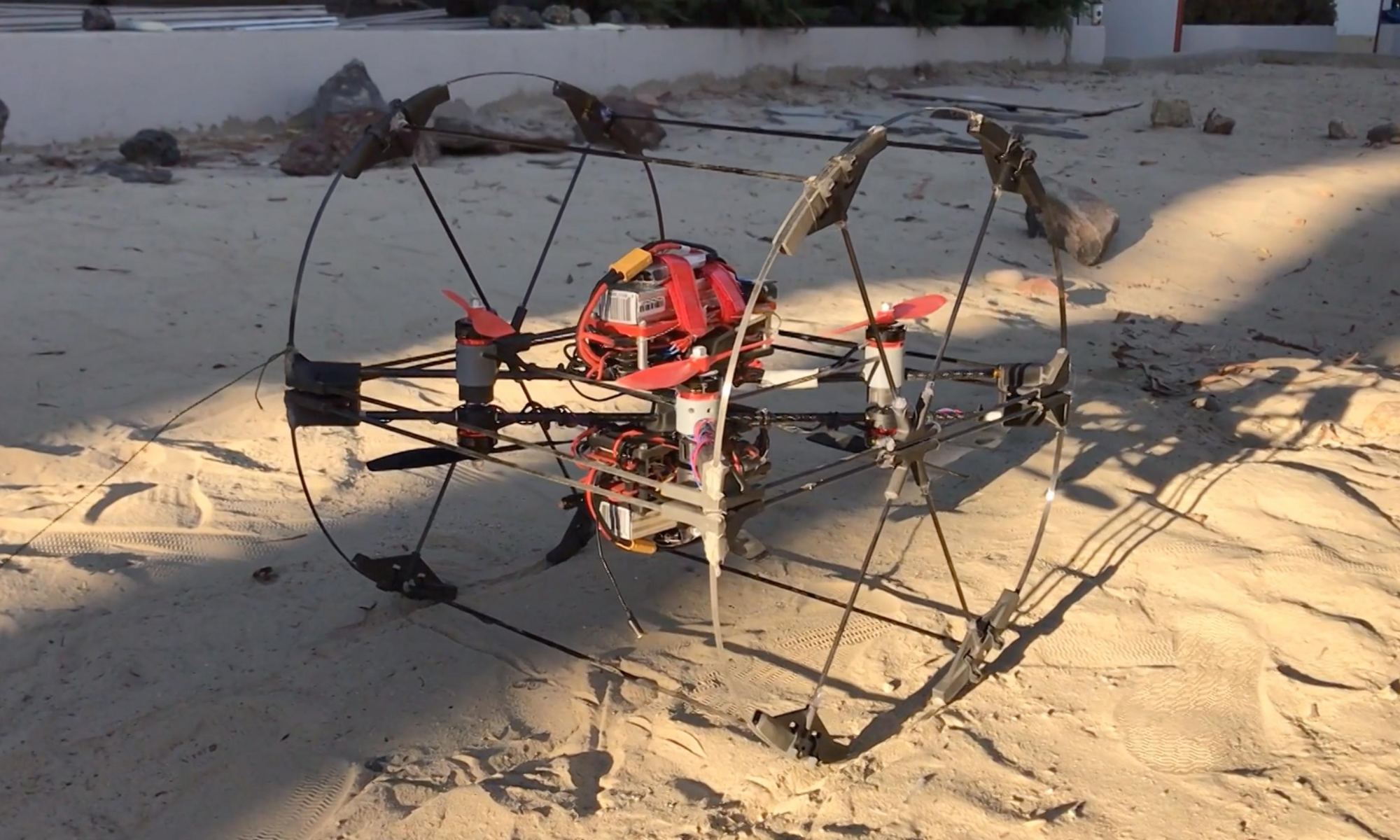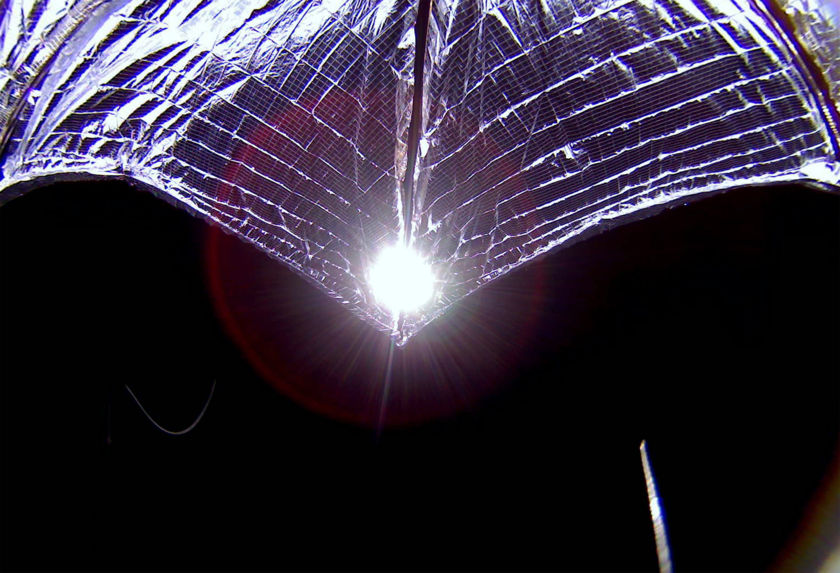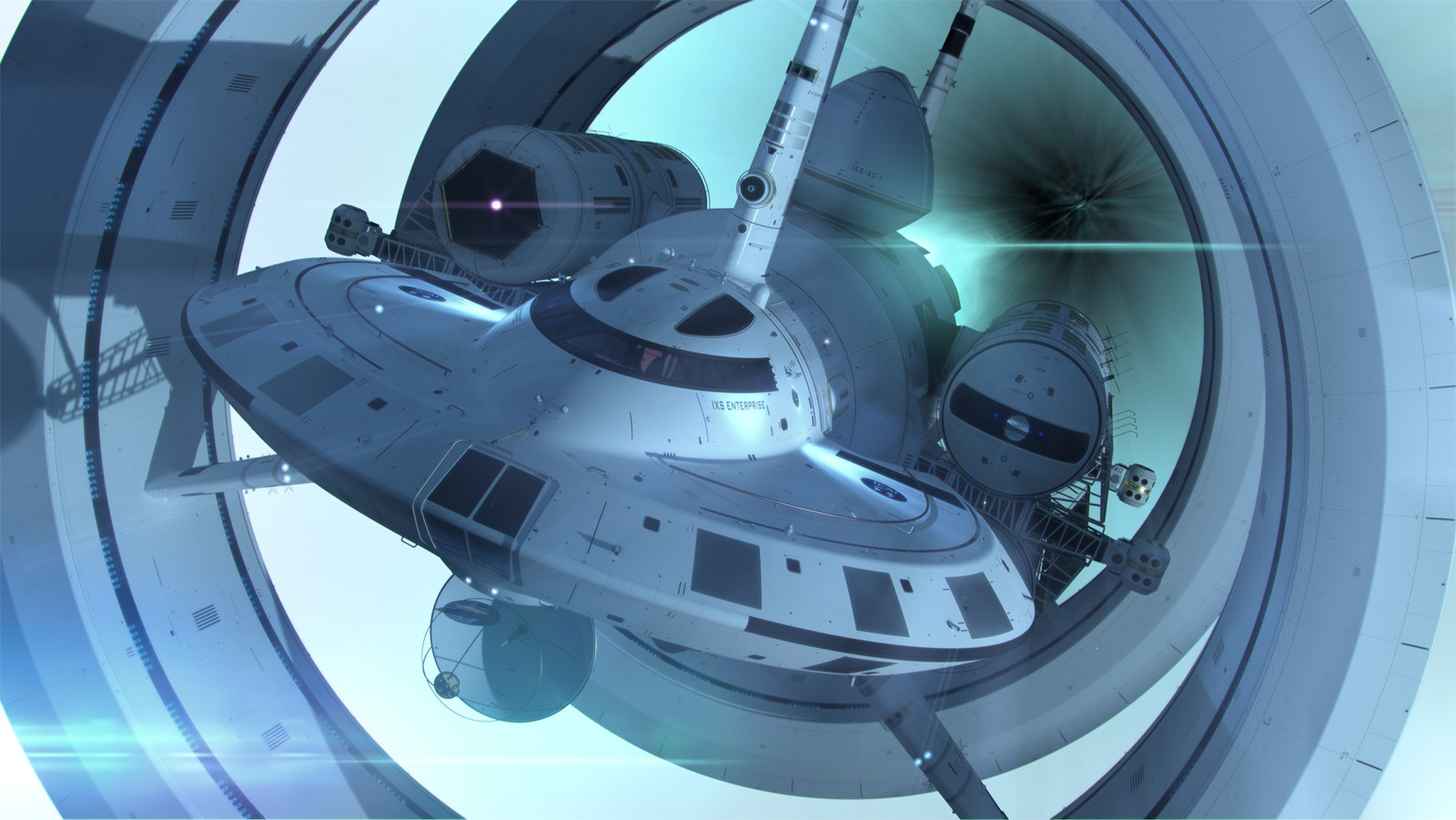NASA’s Flight Opportunities program has selected 25 space technologies for further testing. They’re testing the technologies on aircraft, balloons, and sub-orbital rocket flights. NASA hopes to learn a lot about each of the technologies with this rigorous testing, without the expense of sending them all into orbital space.
Continue reading “NASA is Going to Test 25 New Technologies in Upcoming Aircraft, Balloon and Sub-Orbital Rocket Flights”Shape-shifting Robots Like These Could Be Just What We Need to Explore Titan

When it comes to space exploration, it’s robots that do most of the work. That trend will continue as we send missions onto the surfaces of worlds further and further into the Solar System. But for robots to be effective in the challenging environments we need to explore—like Saturn’s moon Titan—we need more capable robots.
A new robot NASA is developing could be the next step in robotic exploration.
Continue reading “Shape-shifting Robots Like These Could Be Just What We Need to Explore Titan”Just How Feasible is a Warp Drive?
It’s hard living in a relativistic Universe, where even the nearest stars are so far away and the speed of light is absolute. It is little wonder then why science fiction franchises routinely employ FTL (Faster-than-Light) as a plot device. Push a button, press a pedal, and that fancy drive system – whose workings no one can explain – will send us to another location in space-time.
However, in recent years, the scientific community has become understandably excited and skeptical about claims that a particular concept – the Alcubierre Warp Drive – might actually be feasible. This was the subject of a presentation made at this year’s American Institute of Aeronautics and Astronautics Propulsion and Energy Forum, which took place from August 19th to 22nd in Indianapolis.
Continue reading “Just How Feasible is a Warp Drive?”NASA Tests Autonomous Lunar Landing Technology

In anticipation of many Moon landings to come, NASA is testing an autonomous lunar landing system in the Mojave Desert in California. The system is called a “terrain relative navigation system.” It’s being tested on a launch and landing of a Zodiac rocket, built by Masten Space Systems. The test will happen on Wednesday, September 11th.
Continue reading “NASA Tests Autonomous Lunar Landing Technology”The Spaceline: an Elevator From the Earth to the Moon
Humanity’s future may lie in space, but getting out there is a very big challenge. In short, launching payloads into space from the bottom of Earth’s gravity well is quite expensive, regardless of whether or not reusable rockets are involved. And while some have suggested that building a Space Elevator would be a long-term solution to this problem, this concept is also very expensive and presents all kinds of engineering hurdles.
As an alternative, a pair of astronomy gradu
NASA Tests Water Powered Spacecraft in Orbit

Picture two tissue box-sized spacecraft orbiting Earth.
Then picture them communicating, and using a water-powered thruster to approach each other. If you can do that, then you’re up to speed on one of the activities of NASA’s Small Spacecraft Technology Program (SSTP.) It’s all part of NASA’s effort to develop small spacecraft to serve their space exploration, science, space operations, and aeronautics endeavors.
Continue reading “NASA Tests Water Powered Spacecraft in Orbit”The Light Sail is Working… It’s Working!

Good news from The Planetary Society: LightSail 2’s solar sail is functioning as intended. After launching on June 25th, then deploying its solar sail system on July 23rd, mission managers have been working with the solar sail to optimize they way LightSail 2 orients itself towards the Sun. Now The Planetary Society reports that the spacecraft has used its solar sail to raise its orbit.
Continue reading “The Light Sail is Working… It’s Working!”Check Out This Super-Cool Quad Video of the Falcon Re-Entry. Two Sonic Booms!
Elon Musk has posted a four-panel video of the Falcon re-entry on his Twitter feed and it’s driving even jaded space-watchers into a frenzy.
Continue reading “Check Out This Super-Cool Quad Video of the Falcon Re-Entry. Two Sonic Booms!”Toyota is Building a Pressurized Lunar Rover for Japan
JAXA, the Japan Aerospace Exploration Agency, is teaming up with the nation’s largest company to build a lunar rover. Toyota, the second largest automobile company in the world (only Volkswagen makes more cars) has signed a development deal with JAXA that will last three years. The goal? To design, build, test and evaluate prototypes for a pressurized, crewed lunar vehicle that runs on fuel-cells.
Continue reading “Toyota is Building a Pressurized Lunar Rover for Japan”Drama In Low-Earth Orbit As LightSail2 Deploys Its Sails

LightSail 2 has successfully deployed its solar sails. Shortly after 12:00 pm PST The Planetary Society tweeted that the sails were deployed, and that the spacecraft was sailing with sunlight. We can all enjoy their success and start to wonder how solar sails will fit into humanity’s plans for space exploration.
Update: This article has been updated with new images from LightSail2.
Continue reading “Drama In Low-Earth Orbit As LightSail2 Deploys Its Sails”




